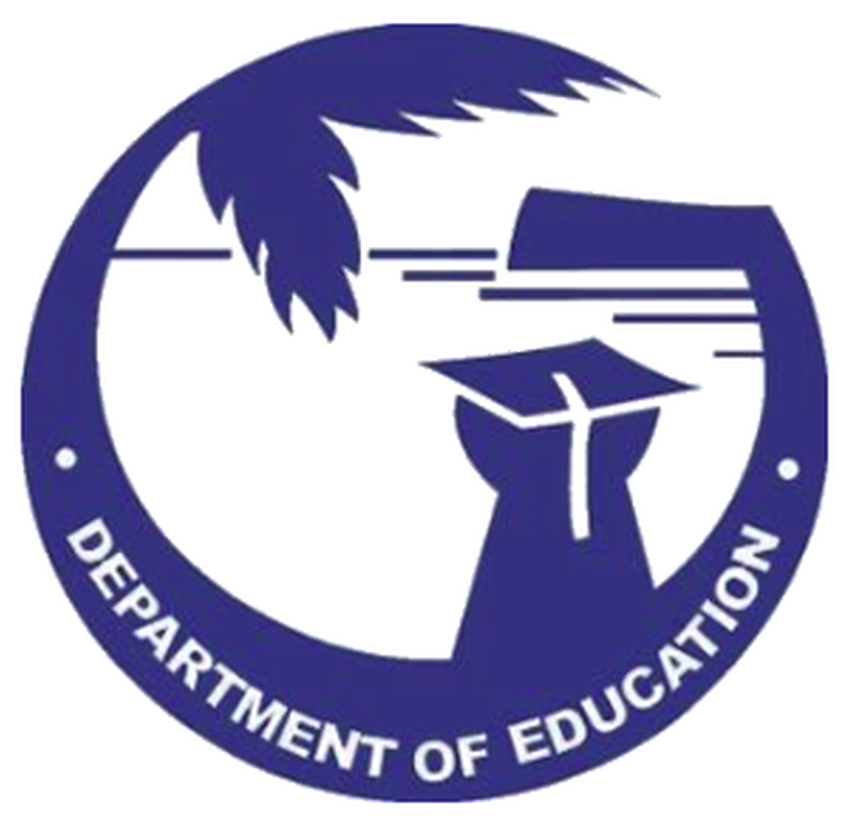The Curriculum and Instruction Division has embarked on efforts to increase opportunities for students and teachers beyond the core classroom instruction. Programs are listed below. Each respective link is an expandable list outlining further details:
English As a Second Language (ESL)/Language Other Than English (LOTE)
- The English As A Second Language/Languages Other Than English (ESL/LOTE) Program is designed to identify, assess and provide appropriate educational services to all students whose English skills are not proficient. The program is guided by the requirements of the Civil Rights Acts of 1964, the Bilingual Educational Act of 1968, the Equal Educational Opportunities Act of 1974, the United States Supreme Court Decision of Lau vs. Nichols, 1974, and Title III of the No Child Left Behind Act of 2001 to eliminate discriminatory educational practices and to ensure that children who are limited English proficient attain English proficiency, develop high levels of academic attainment in English, and meet the same challenging State academic content and student academic achievement standards as all children are expected to meet.
- To ensure that appropriate ESL/LOTE curriculum and materials are selected, developed, utilized and evaluated;
- To provide ESL/LOTE training to administrators, instructional and non instructional personnel;
- To identify students who are not proficient in English;
- To provide a program of LEP students that develops their academic skills to a level where they can participate fully in the regular classroom;
- To promote family and community involvement in the development and implementation of the ESL/LOTE program;
- To evaluate the effectiveness of the ESL/LOTE program.
Service Learning
- The intent of this environmentally based service-learning K-12 project is to help students develop a strong sense of self through an awareness that they can make a difference, become lifelong learners through effective educational practices, and to become strong proponents for their communities with a lifelong quest for knowledge of their environment. This project allows students to develop an understanding of the world around them, teach them to manage and effectively utilize limited natural resources, and support critical economic growth. It will provide teachers with alternate instructional strategies that can enhance the teaching of the curriculum standards by linking real-life experiences to academic learning.
- Develop and implement a sustainable service-learning program in the K-12 schools of the Territory of Guam;
- Strengthen the relationship between the K-12 schools and their communities while increasing the capacity of their service partners to address territory and community environmental needs;
- Increase the number of teachers and students engaged in life-long community service;
- Develop participant knowledge, skills, responsibility and engagement in the fundamentals of democracy, history, government processes and civic skills through service learning preparation, action and reflection.
HIV/AIDS Prevention/Coordinated School Health Program
- The School Health Education Program (SHEP) provides the school health education community with the capabilities to access quality health education resources that assist in the development of skills for addressing the prevention of risk behaviors such as, but not limited to, HIV and other sexually transmitted diseases, unplanned pregnancies, nutrition, drug and alcohol use, and insufficient physical activities. The desired outcome of this program is the improvement of student academic achievement through a comprehensive understanding of personal health issues and the practice of healthier life-styles.
- Guam's schools and communities will have measured date on our youth's practices associated with risk behaviors to increase effective intervention and prevention programs that will improve educational outcomes for our children (Youth Risk Behavior Survey);
- Guam's school-age youth will have the knowledge, positive attitude and skills developed, to empower them to make health-enhancing behavioral choices that will affect their lives and improve educational outcomes (HIV Prevention);
- Health promotion and education efforts will be centered in the schools within closer collaboration and better coordination established within Guam Public School System and between Guam's health agencies (SHEP);
- Tobacco use among Guam's school-age youth will be reduced (SHEP);
- Guam's school-age youth will improve their eating patterns by eating five servings of fruits and vegetables daily (SHEP);
- Guam's school-age youth will increase their cardio-respiratory physical activity (SHEP);
Learning Resource Center (LRC)/Teacher Center
- The Learning Resource Center and Teacher Center provide services to all of our schools island-wide. As a resource provider to 38 public schools, LRC/TC has also been able to provide resource support to private schools, pre-school child development centers, the Head Start Program, and Guam Community College and University of Guam students in the education field, thus supporting education pre-K through post-secondary. LRC/TC provide instructional and educational videos, books, TE’s, supplemental workbooks, and assessment materials in the various content areas.
For technical questions and comments regarding this website, including accessibility concerns, please contact the Webmaster.

